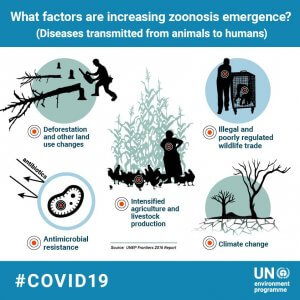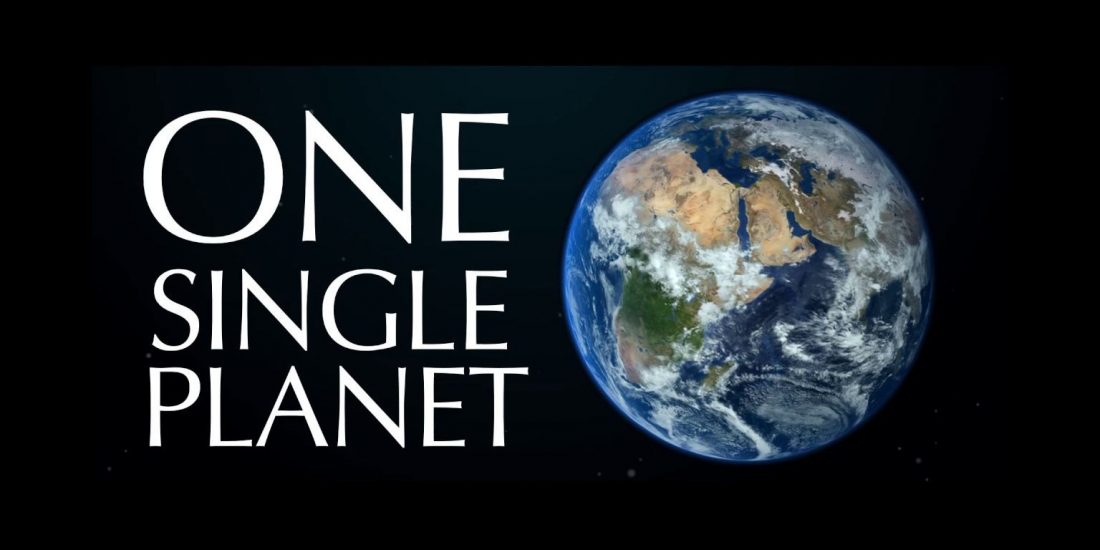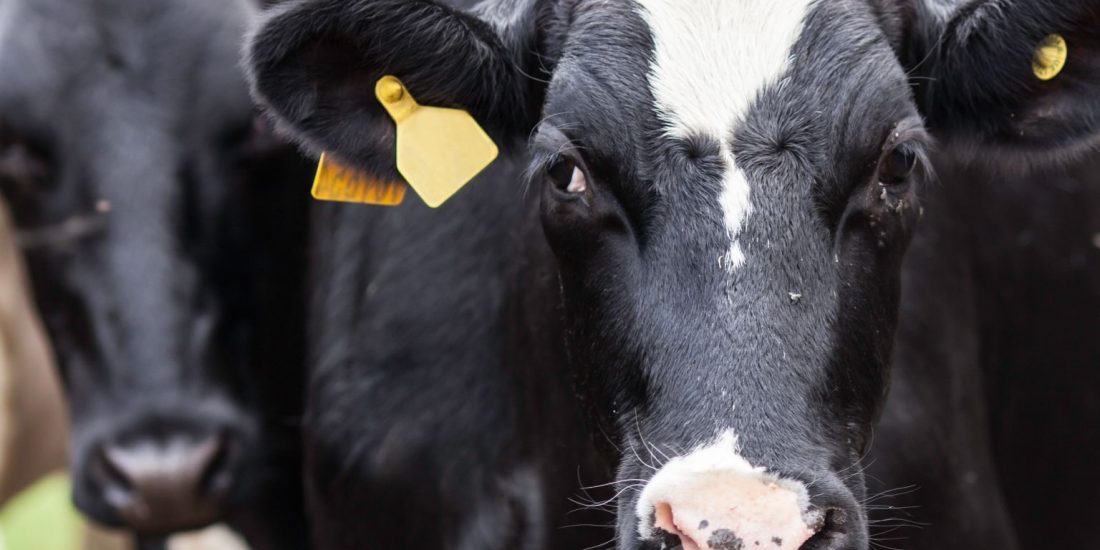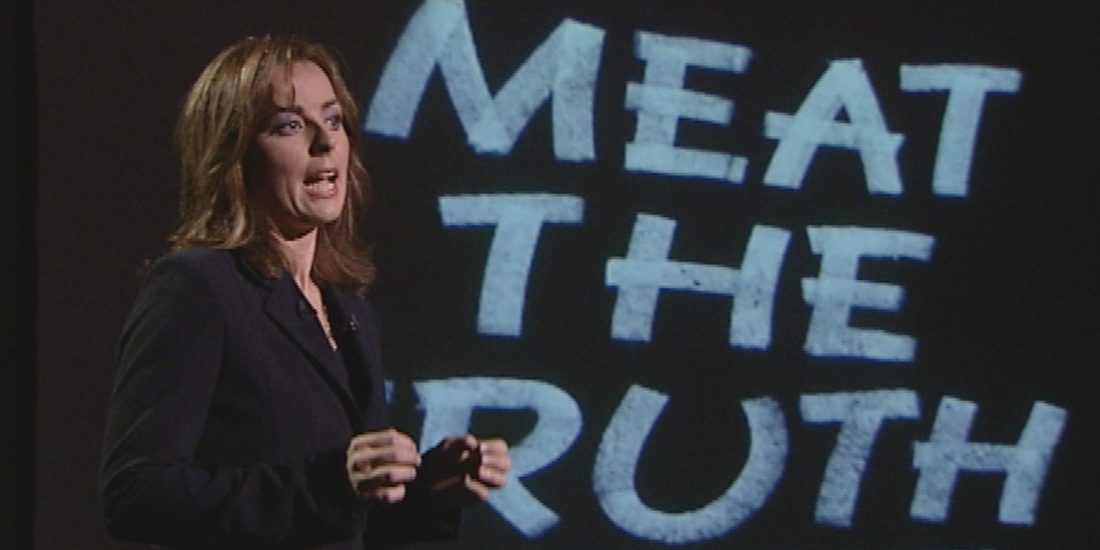Animation: A Viral Spiral
Climate change seems like a problem of a far distant future. We just go on with business as usual. But, just like the loss of biodiversity and the current pandemic, climate change is the consequence of how we treat nature. Corona is a wake-up call that has disrupted all of our lives.
All attention goes towards solving the current problem: controlling the SARS-CoV-2 virus. We have to practise physical distancing, wash our hands and sneeze into our elbows. Scientists all over the globe have put tremendous effort into the development of vaccines. But prevention is better than cure. To do this, we have to look at how infectious diseases emerge and spread.
Zoonotic diseases
The SARS-CoV-2 virus is a zoonosis, an infectious disease that is transmissible from animals to humans. Other examples of zoonotic diseases are SARS, MERS, Ebola, AIDS, Nipah, Lyme disease, Q fever, toxoplasmosis, salmonellosis, swine flu and bird flu.
Not all zoonotic diseases are caused by viruses. It can also be a bacterium, like with salmonellosis or Lyme disease. Or a single-celled parasite, like in the case of toxoplasmosis, a disease that people may get via infected cat feces. Or it may be fungi, worms or prions. A prion is a type of protein that can trigger normal proteins in the brain to fold abnormally. An example of a prion disease that affects humans is variant Creutzfeldt-Jakob disease, which is related to “mad cow” disease.
People and animals can be infected with zoonoses in different ways. Zoonotic pathogens may spread through direct contact with animals or animal waste, or indirectly through food, water or the environment. They can also be transmitted by vectors, like mosquitos, flies or ticks.
Sixty per cent of known infectious diseases and 75 per cent of emerging infectious diseases are zoonotic.
Almost 100% of pandemics have been caused by zoonoses. An impressive visualization of the history of pandemics can be found here.
Insignificant part of biomass, large impact
We have wiped out entire habitats, driven species to extinction and population sizes of wildlife decreased by 60% globally since 1970. (Read more about this report on The Guardian).
For perspective: plants constitute 82% of all life on Earth. Bacteria 13%. And everything else makes up the remaining 5%. People represent just 0.01% of all biomass on Earth, scientists of the Weizmann Institute of Science in Israel calculated. Yet this 0.01% has exterminated over 80% of all wild mammals. The destruction of wild habitat for farming, logging and development has resulted in the start of what many scientists consider the sixth mass extinction of life to occur in the Earth’s history.
While over half of wildlife has been eradicated, the number of new infectious diseases cropping up each year has nearly quadrupled over the past century.
The result of decades of deforestation and the shrinking biodiversity caused by it.
While wild species die out, 60% of all mammals on earth are livestock, with 36% being humans and 4% wild animals.
Warnings
Scientists have been warning for years for the growing danger of zoonotic diseases and the effects they mave have.
In 2004 an international collaboration between WHO, FAO, OIE and the Dutch Health Council resulted in a report that describes the risks of emerging zoonoses. The authors point out that already in the early nineties a range of reports were published about the importance of renewed attention for the dangers of new infectious diseases, as was made clear by the AIDS epidemic.
In a 2007 report the World Healt Organization warned that infectious diseases are spreading around the world faster than ever and that new diseases are emerging at an unprecedented rate.
The risk of pandemics and the disruptive effects they can have on societies and economies is a topic the World Bank has been researching since years, like in this 2013 report.
Causes
Human activity can increase the emergence and spread of zoonoses. UNEP, the United Nations Environment Programme, names a number of, often interacting, risk factors: 
- Deforestation and other land use changes
- habitat loss and fragmentation
- Illegal and poorly regulated wildlife trade
- Antimicrobial resistance
- Intensified agriculture and livestock production
- Climate change
- Pollution
- Invasive species that carry microbes into new habitats
- International travel and commerce
The growing world population and rapid rise in consumption have a large impact on our planet.
We are destroying forests to produce animal feed, to create pasture for cattle, or for mining, or human settlement.
Animal habitats are shrinking, leading to changes in biodiversity and disruptions of ecosystem balances. This increases the risk of the spread of pathogens. As humans increasingly encroach on their natural habitats, wild animals are coming ever closer to human habitation. More contact between wild animals, livestock and people makes it easier for pathogens to jump to humans and mutate.
Taking just one species from an ecosystem can have a significant effect on the spread of disease, as it disrupts the whole food chain. For example, when a population of predators decreases, this has an impact on the number of rodents and deer. Increasing the chances for ticks that can carry Lyme disease. Researcher Richard Ostfeld explains how this works in this article.
The risks we are taking by disturbing ecosystems are large, because in the wild there are countless animal diseases that could cause a pandemic, if just one of them jumps to humans.
H5N1 is a bird flu that occasionally infects humans when they come in close contact with infected live or dead birds. Fortunately, the virus does not infect humans easily, because if it does happen it can cause severe disease and has a high mortality rate. If such a dangerous virus were to mutate and become easily transmissible from person to person, the consequences for public health could be very serious.
H1N1 swine flu caused a pandemic in 2009.
H9N2 bird flu has caused 75 laboratory-confirmed cases of human infection since 1998, 13 of which have been reported in 2020.
H5N8 is the most recent bird flu that has made its way to humans, infecting 7 workers at a poultry plant in Russia.
H7N7 bird flu caused the death of a Dutch veterinarian during an outbreak of this highly pathogenic virus in poultry farms in 2003.
Wildlife trade also facilitates the spread of pathogens. Live animals and animal products, for example as pets, food and medicines, come into close contact with different animal species and humans through national and international trade. This makes it easier for pathogens to spill over to other species and humans. For further reading go to this United Nations report or this publication by the World Wildlife Fund.
The spillover of animal diseases to humans is made easier by antimicrobial resistance, intensified agriculture and livestock production, climate change, invasive species and international travel and commerce.
Antimicrobial resistance is growing in domesticated animals, especially in industrialized agriculture, and can increase risks of disease emergence in livestock and humans. In a report from 2019 the World Health Organization warns that, if no action is taken, drug-resistant diseases could cause 10 million deaths each year by 2050.
Climate change impacts patterns of temperature, precipitation, wind, humidity and sunshine and this can lead to disturbance of ecosystems. This can make it easier for pathogens and their hosts to reproduce and spread. For example, climate change can make conditions for mosquitos more favorable in certain places and this may enable the spread of diseases like malaria and dengue to areas where they did not exist before.
Apart from the trade in animals and animal products, the growing international travel of humans also facilitates the spread of infectious diseases, as the corona crisis has made painfully clear.
Future
Unless we take drastic measures, future pandemics will emerge more often, spread more rapidly, cause greater damage to the global economy and kill more people than COVID-19, a group of international experts of the Intergovernmental Science-Policy Platform on Biodiversity and Ecosystem Services (IPBES) of theUnited Nations warns.
They point out that the same human activities that drive climate change and biodiversity loss also drive pandemic risk through their impacts on our environment. We are in danger of entering an ‘Era of Pandemics‘, which we can still avert by putting a much stronger focus on prevention.
Lowering pandemic risk involves actions like:
– Drastically reducing deforestation and conserving habitats.
– Banning the wildlife trade. It is not only cruel, but also a threat to human health.
– But above all, we must reduce our consumption of meat and other animal products.
Act now and give our children hope for the future. There’s a world to win!
© 2021 Nicolaas G. Pierson Foundation
Documentary: One Single Planet
One Single Planet is the fourth documentary by the Nicolaas G. Pierson Foundation. In this film, which addresses the major sustainability issues that threaten our planet and offers potential solutions to preserve the livability of our earth for future generations, Marianne Thieme speaks with leading scientists, policy makers and inspiring minds about the metaphor used by astronaut Wubbo Ockels, who compared the earth with a space ship, carrying 7 billion souls, that has steered off course.
As they discuss the global food issue, the world water crisis, zoonoses and the biodiversity problem, scientists offer their insights into causes and potential solutions to the systemic crisis that has the world in a choke-hold.
Marianne Thieme:
“It is remarkable that in its advertisements, an automobile manufacturer such as Volvo seems to be more concerned with the future of our children and grandchildren than politicians are during election debates. Traditional politicians have an extremely shortsighted and distorted view of human nature, with a disregard for compassion and sustainability. I think we need to take a wider perspective on possible solutions and very much hope that this documentary can be a positive impetus to that end.”
The documentary One Single Planet features opinion leaders and scientists such as Vandana Shiva, Prof. Arjan Hoekstra, UN food rapporteur Dr. Hilal Elver, Prof. Hans Zaaijer and Prof. Jan Willem Erisman.
The world premiere of the documentary took place on Wednesday, March 11, 2015 in Amsterdam.
One Single Planet (English – total) from Nicolaas G. Pierson Foundation on Vimeo.
Documentary: Sea the Truth
In Sea the Truth staat de conditie van onze zeeën en oceanen centraal. In de film gaan twee jonge marien biologen, Marianne van Mierlo en Barbara van Genne, op verzoek van Marianne Thieme wereldwijd op zoek naar wetenschappelijke informatie over de conditie van onze grootste ecosystemen, die meer dan 2/3 van onze planeet bedekken.
Continue ReadingArticle: Dairy Farmers Union should use their common sense
That is neither in the interest of dairy farming nor the reputation of the agricultural sector. It can even damage the societal debate about the future of livestock production. The Nicolaas G. Pierson Foundation has worked for a year to bring together scientific research conducted by the Profetas project, the Free University, the Food and Agricultural organisation, the World Watch Institute and countless others and to translate these findings into a film that is accessible to the general public.
In the film, researchers from the aforementioned institutions are given the opportunity to have their say, so that there can be no doubt that their research has been represented correctly. Their conclusions are clear: the livestock sector is responsible for 18% of greenhouse gas emissions worldwide, while all the cars, lorries, ships and planes added together do not account for more than 13% of greenhouse gas emissions.
The NMV’s oversimplified accusation that the facts and figures have been manipulated, or even that lies have been told, requires serious underpinning. Although the NMV contends that they are supported by the statistics from researchers at Wageningen University, these researchers themselves say that they cannot provide any foundation for the NMV’s conclusions. The reason is that their claims are based on incomplete calculations and incorrect comparisons. It is as if the NMV has done nothing other than to pull up a smoke curtain of figures that have not been validated. Indeed, they try to pluck grass and hay out of research reports with a completely different approach in a way that even one of the researchers describes as “comparing apples with pears”.
In sum the NMV’s reasoning boils down to the following: grassland and maize crops absorb CO2, cows eat grass and maize and so what we are, therefore, dealing with is a “closed cycle”. As great as it would be if this were true, the reality is unfortunately rather different.
For each kilo of milk that a cow yields, the animal will also produce an equivalent of 1.4 kg CO2. This is primarily from the greenhouse gasses methane and nitrous oxide. These emissions make a massive contribution to the greenhouse effect, particularly because methane is 21 times more potent than CO2 and nitrous oxide at least 310 times stronger. The Centre for Agriculture and Environment (CLM) has even calculated that a cow produces just as many greenhouse gas emissions annually as a car that drives 70,000 km. The methane, which is emitted through the fermentation process in the gut (i.e. through belching and farting), cannot be taken up by trees and plants because the compound (CH4) is too complex. It takes between 10 to 12 years for methane to degrade and to convert into CO2, which can be ‘captured’ by plants.
The NMV has failed to take this complex chemical cycle into account. Nor has it considered the impact of emissions of greenhouse gasses from the use of concentrated feeds, artificial fertilisers, machines and refrigeration. Moreover, the NMV includes the uptake of CO2 in grass and maize crops in its calculations, while scientists have deemed this short cycle to be hardly relevant. Consequently, the short plant cycle of annual plants or crops is frequently omitted in research into greenhouse gas emissions.
When the CO2 bond from grass is subtracted from the CO2 equivalent emissions in dairy farming, then this sector is still responsible for a share of 54% of all greenhouse gas emissions in the agricultural sector. This figure is stated by National Institute for Public Health and the Environment (RIVM), which can, at the very least, be considered a reliable source. Each year, the Dutch livestock farming sector emits 8 megatons of methane and 8 megatons of nitrous oxide. The cabinet has set a goal of reducing such emissions in the coming year by half. That is quite a task.
If the dairy farmers no longer deny the truth, but dare to confront it, they can work together with other social partners to achieve a more climate friendly form of operational management. For example, by using less artificial fertiliser, less concentrated feed, producing their own energy supply and, in particular, working towards producing quality products that generate a fair price. The Netherlands cannot continue wanting to be the dairyman of Europe producing just marginal bulk products. Dairy farmers should use their agricultural expertise to produce less and better. Milk should at least have the same price tag as a chic bottle of mineral water. There should be cheese that is produced in an environmentally and animal-friendly way for which a good price is paid.
Animal produce should no longer be offered at the lowest price as a mass export good. The market for regional quality products is growing considerably. It offers opportunities for farmers to receive an honest income from sustainable, animal-friendly products. In this sense, farmers should support the new calls for a qualitatively better form of agricultural production from which family businesses can earn a decent living.
If anyone should be criticised for the problems with which the agricultural sector is confronted and which sometimes leads individual farming families to despair, then it should be those responsible for the current agricultural policy. Throughout the past few decades, a livestock industry has evolved, which not only confronts us, but also future generations with the excesses of ecological, social and animal welfare policy. The architects of factory farming and the large-scale livestock industry can be blamed for the problems of the agricultural family businesses. Meat the Truth clearly shows that things can be very different.
Ir. Natasja Oerlemans, scientific staff member, Nicolaas G. Pierson Foundation
Drs. Karen Soeters, director, Nicolaas G. Pierson Foundation and project manager for Meat the Truth





